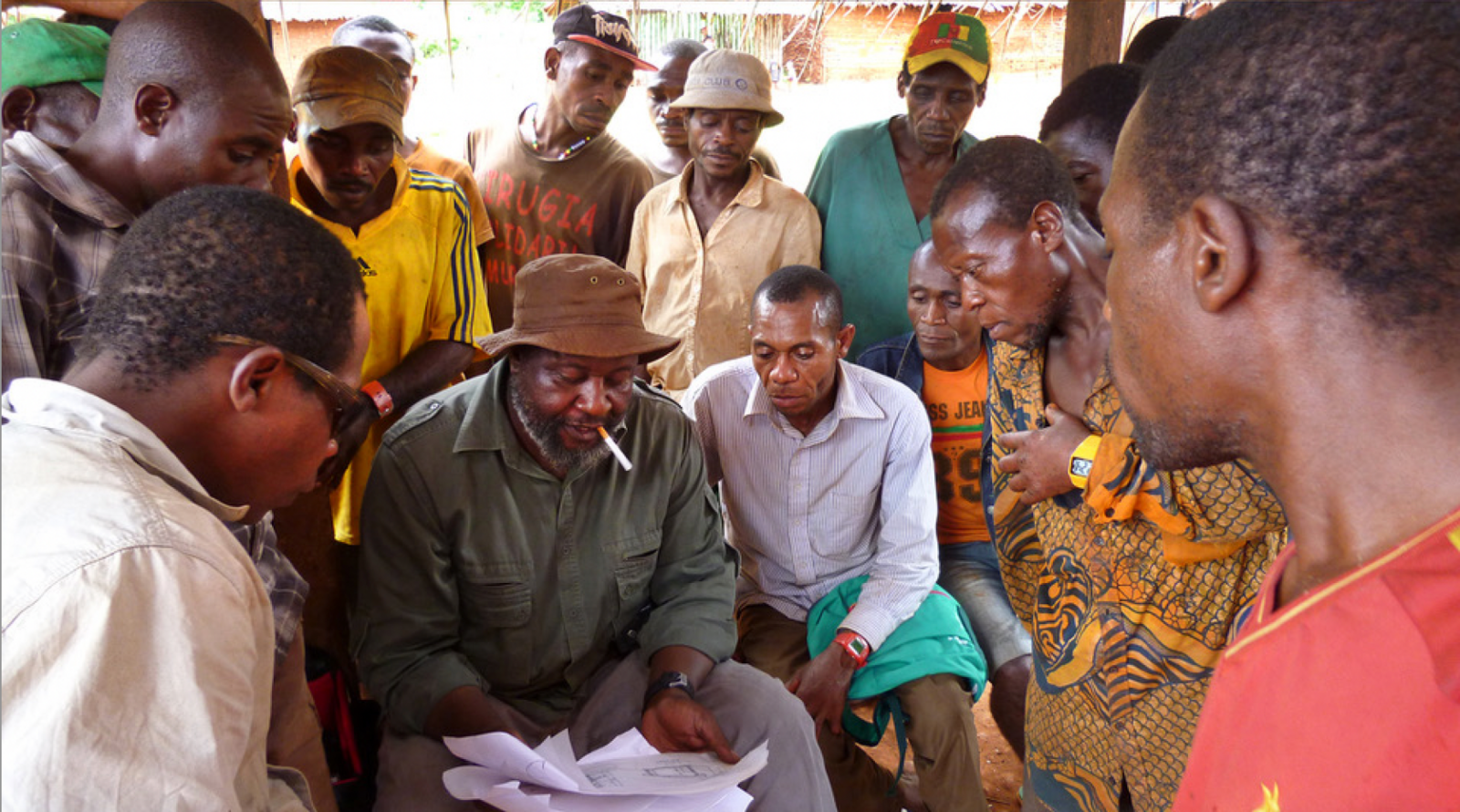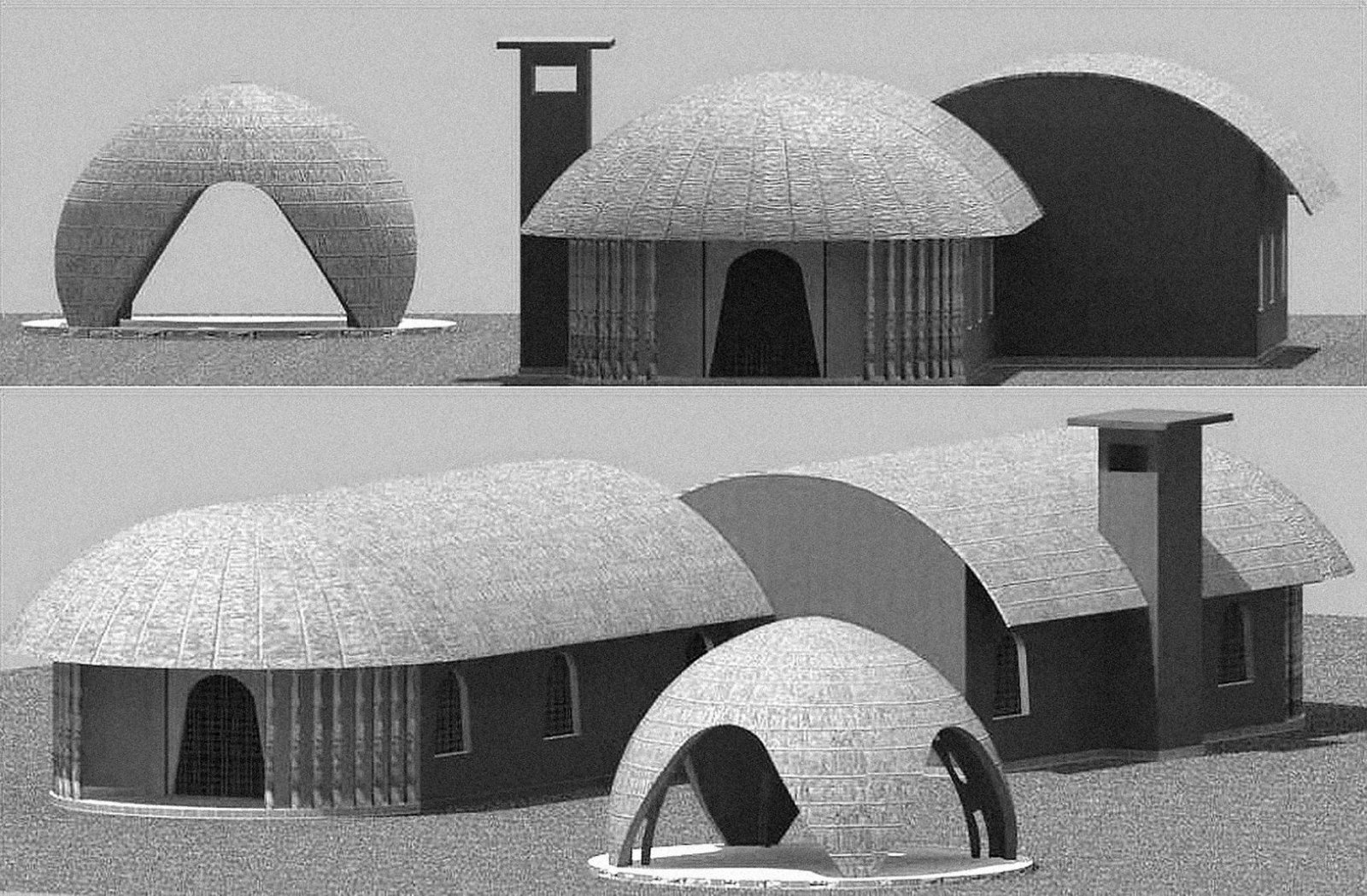For Commissioned by – Art in Relation, international mediators reflected on the significance of the New Patrons Protocol for their work: The Protocol can in principle be put into practice anywhere in the world, as it does nothing more than describe a way in which people can work together. All decisions are made locally by independent actors. Moreover, the protocol enables not only contemporary art projects, but also scientific research commissions, as well as theatre productions, music, architecture, and much more.
But how universal is the protocol, which emerged in European contexts against the background of a French cultural policy around 1989, really? How is it interpreted and possibly adapted not only in different regions of Europe, but also in Cameroon, Colombia, Lebanon and Tunisia? How do different historical, cultural and political backgrounds change the perspectives of art on behalf of citizens and the concrete work of mediators? Can they recommend that the protocol be taken up in societies where it has not yet played a role?
The Mediators have reflected on these questions and their texts are now published in this series.
When I first envisaged in 2014 introducing the programme of the New Patrons – developed in 1991 by François Hers – in Cameroon, I was greeted with baffled amazement by almost everyone I talked to. The concept had been explained to me by Alexander Koch, the German head of the program, on the recommendation of Dr. Irene Bark, then director of the Goethe-Institut in Yaoundé. Most people immediately perceived it as specific to Europe, where it was devised. It corresponded neither to local conventions of cultural production nor to ideas about the function of art in an environment of continual social change.
This obvious lack of enthusiasm didn’t seem to come from the fact that ordinary citizens became patrons and sponsors of works of art in public space, instead of the usual wielders of public, clerical or financial power, but from the question of the material and effective realisation of such a revolutionary model. The primary issue was a complex difficulty, namely the use of public space in the exercising of civil rights.
In Cameroon, as elsewhere in Africa, public places are full of monuments and works of art that until recently were neither questioned nor discussed. Most colonial statues have been dismantled only recently, when the restitution African objects in western institutions to Africa became an issue. Until then they had simply been part of the order of things – an order imposed on the general and anonymous public by the exorbitant and arbitrary sovereignty of the authorities.
New art commissioned by citizens would invoke a new order, however, in which citizenship would come into play to its full extent. François Hers writes: ‘It finally became clear to me that it was now up to society to take responsibility. That it lay with its members themselves to discard the role of spectator or of those excluded from history, so as to become protagonists as decisive as the artists already were.’ This statement alone sounded like the proclamation of universality in the New Patrons protocol.
It spoke to me immediately, as I was able to assess the significance of this new proposition on the basis of my many years of experience in Cameroonian artistic and cultural circles.
I was convinced that we initially had to do with not practical but theoretical questions. So it was necessary to answer them theoretically too, and to open the debate about art within a specific historical framework. For this reason I drafted a text outlining questions about the variety of social coexistence, and about the possible expression of individual and collective aspirations in space and time.
I defined ‘social situations’ – contexts favourable to experimental projects as a result of historical and current contingencies. In emphasising historical connections, this method enables an evaluation of the relevance of specific questions that arise when approaching a cultural sphere, for example in the analysis of horizontal relationships – such as the mosaic of an urban district – or of social cross-connections in the light of variably dominant urban or rural sociocultural tendencies and their different forms of expression.
A community contains a web of social situations. The metaphysical connection that unites people must be activated and rewoven by individual or collective action.
Because of their special way of living and the marginalisation they experience, the Baka community was approached and agreed to take part in a pilot project to try out the protocol.
The Baka community of Bifolone in the Dja Biosphere Reserve expressed the wish for symbolic works that would change their external perception and break down prejudice against them, and that would also convey their transition to a new way of life. For the nomadic Baka had to become sedentary when their natural habitat was designated as a conservation area. This fundamental change would be represented in the form of modern architecture. And so a central clay-and-brick building was constructed in Bifolone, the large Mungulu, inspired by the construction of Baka huts. It is thirty metres long and nine metres wide, and contains a communal hall and an exhibition space. (Since the core of the Baka's mission was to shape the transformation of their way of living by themselves, no external artists or architects were brought into the project. Ed.).
In their new way of life the Baka’s knowledge of plants is threatened with being lost, so a botanical garden was created, a protected microbiotope with a radius of twelve to fourteen kilometres provided with pathways and explanatory signs.
This nature reserve, conceived as a living ecosystem, is intended not only as a place of learning and knowledge about the interaction between human beings and the natural world surroundings but also as a living environment for the Baka themselves. Finally a space of almost one hectare was created through earth-moving and equipped with a podium for performances and outdoor activities.
Another project is currently underway in a community in Foumban in western Cameroon. The women of the community, who work as potters, and the men, who sell the wares, and some of the most important local protagonists wished to find out more about the variety of contemporary ceramic practices around the world, and to study new techniques, forms and decoration in the light of their own craft in order to stimulate its further development. The commission is for an exhibition of traditional and modern pottery that will offer a platform for local exhibitors, particularly from the grassland centres.
Projects like these have positive effects on the local population and far beyond. They strengthen social bonds and prove that the New Patrons protocol can be applied in a variety of cultural contexts and adapted to different areas such as art, science and cultural heritage.
All these projects were primarily made possible by the support of the Fondation de France and its donators, and by the Goethe-Institut of Yaoundé.
Germain Loumpet is an international anthropologist and archaeologist based in Yaoundé (Cameroon) and Paris (France). He developed the National Museum of Cameroon, the Bamun Palace Museum and many others in Cameroon and Mali. He founded the Ministry of Culture in Yaoundé. In 2014, he started the first New Patron project on the African continent as a mediator on behalf of the Baka community of Bifolone. Loumpet founded the association Les Nouveaux Commanditaires du Cameroun.

